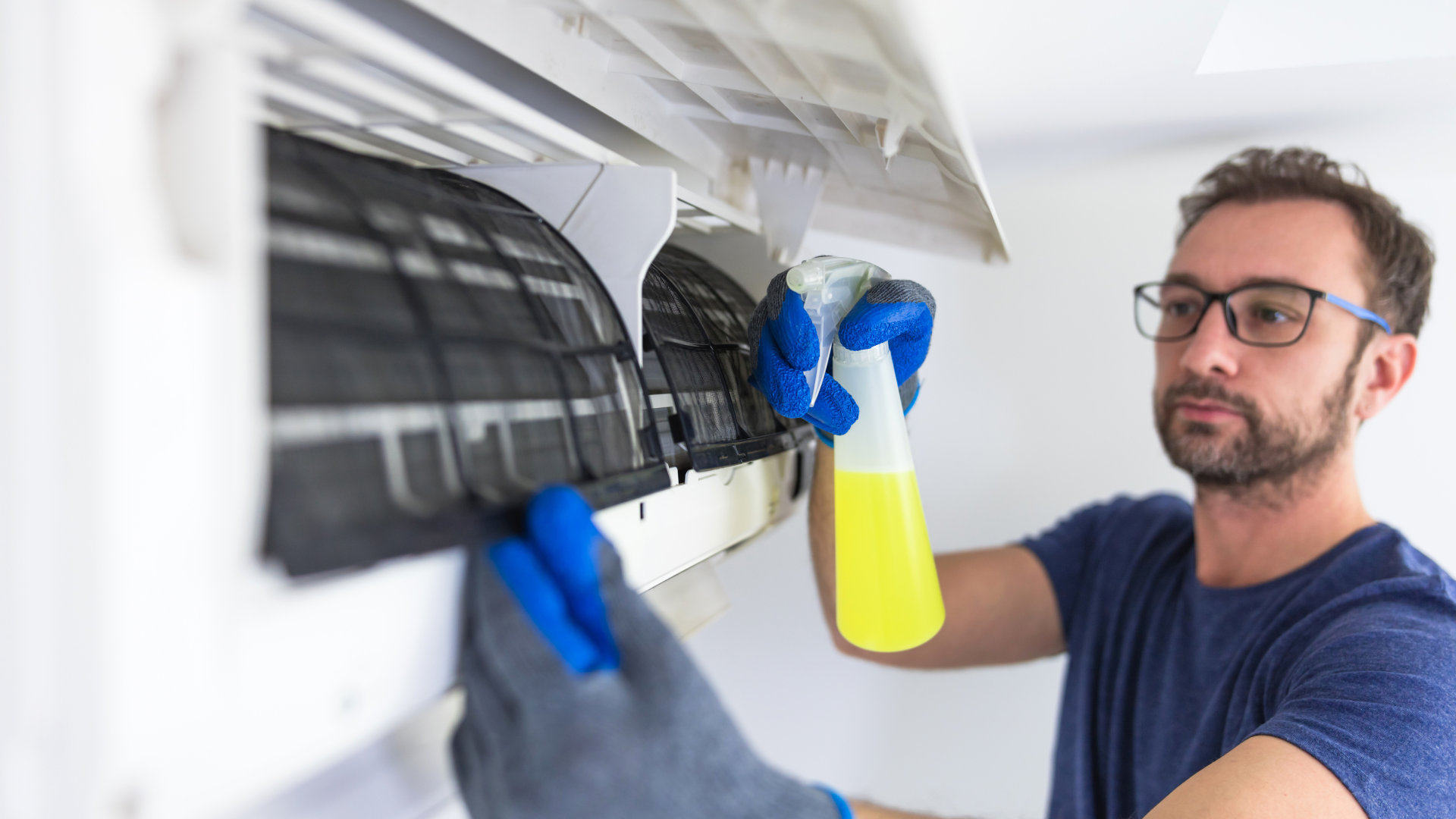Ah, the sweet relief of walking into a cool home on a scorching summer day. Your air conditioner is the unsung hero of your household, tirelessly working to keep you comfortable. But what happens when your trusty AC decides to throw in the towel? Fear not! In this guide, we’ll dive into the essentials of residential AC repair Viera, FL, helping you navigate the maze of cooling systems and ensuring your home stays comfortably cool.
Understanding Your AC System
Before we roll up our sleeves and get into the nitty-gritty of repairs, let’s take a moment to understand the basics of your AC system. Most residential units consist of two main components: the evaporator unit inside your home, often located near the furnace, and the condenser unit outside. The magic happens when these two work in harmony, exchanging warm air for cool bliss.
Common AC Issues and DIY Solutions
- Weak Airflow:
Ever feel like your AC is whispering instead of roaring? Weak airflow is a common woe, often caused by clogged filters. Fear not, for this is an easy fix! Locate your air filters (usually near the thermostat) and replace them regularly. This simple act can do wonders for the air circulation in your home. If problems persist, however, then consider hiring a company that provides air duct cleaning st louis park, or wherever you are located, to clear out any deeper buildup in your system. This can boost airflow and improve indoor air quality. - Strange Noises:
Is your AC unit suddenly moonlighting as a percussion instrument? Strange noises can be alarming, but fear not – it might just be a loose screw or a wayward twig caught in the fan. Before summoning the pros, give your unit a thorough visual inspection. Tighten any loose screws and clear away debris. Your ears will thank you. - Warm Air Woes:
Picture this: you set your thermostat to Arctic temperatures, but the air coming out feels more like a tropical breeze. The culprit? Check your thermostat settings first – sometimes, it’s just a matter of human error. If the issue persists, it could be a refrigerant leak or a faulty compressor. In such cases, it’s best to call in the professional HVAC Contractors, to get the problem sorted out.
When to Call the Pros
While DIY solutions can save the day for minor issues, some problems require professional intervention. Here are red flags that scream, “Call the AC Whisperer!”
- Refrigerant Leaks:
Spotting puddles of water near your AC unit? It might not be a sign of emotional distress but rather a refrigerant leak. Refrigerant is the lifeblood of your AC, and leaks can be harmful to both your unit and the environment. This is a job for the experts. - Electrical Gremlins:
Flickering lights, tripped circuit breakers, or strange electrical smells are like SOS signals from your AC unit. These issues may require specialized knowledge and should usually be left to licensed electricians or AC Repair technicians. - Dirty or frozen coils:
Ice on your AC coils might seem like a winter wonderland, but it’s a definite sign of trouble. Any defects in the coils could indicate issues with airflow, coolant levels, a dirty filter or leak, or thermostat issues. That said, don’t let Jack Frost take over – call in a professional for an ac repair in hammond (or nearby) to thaw out the problem. Such issues need to be addressed by a professional HVAC technician and not experimented with.
Maintenance Tips for a Cool Companion
Prevention is the best medicine, and that holds true for your AC unit. Keep your cooling companion in tip-top shape with these maintenance tips:
- Regular Filter Replacement:
A simple act with significant impact. Change your air filters every 1-3 months, depending on usage, to ensure optimal airflow and air quality. - Clean Those Coils:
Over time, your condenser coils outside can collect dirt and debris, hampering the heat exchange process. Give them a good clean annually to keep your AC running smoothly. - Trim the Surrounding Foliage:
Ensure there’s a clear path for your condenser unit by trimming any overhanging branches or shrubs. Proper airflow around the unit is crucial for its efficiency. - Thermostat TLC:
Your thermostat is the maestro orchestrating your AC’s performance. Calibrate it periodically and consider upgrading to a programmable thermostat for energy savings. - Check for Duct Leaks:
Your air ducts play a crucial role in distributing that refreshing cool air throughout your home. Periodically inspect them for leaks or gaps, as these can lead to energy wastage and an inefficient cooling system. Seal any gaps with duct tape or consider professional duct sealing to keep the cool air flowing where it’s needed. - Inspect Insulation:
Proper insulation is the unsung hero of energy efficiency. Check the insulation around your doors and windows to ensure there are no gaps or damage. A well-insulated home retains cool air better, reducing the workload on your AC unit and trimming down your energy bills. - Give Your AC a Break:
Just as superheroes need a break between saving the world, your AC unit deserves some downtime too. On milder days, consider giving your AC a rest and relying on natural ventilation. Open windows strategically to allow fresh air to circulate, giving your cooling system a break and potentially extending its lifespan.
Conclusion
Your AC unit is more than just a metal box – it’s the guardian of comfort in your home. By understanding its workings, tackling minor issues with DIY finesse, and knowing when to call for backup, you can ensure a long and cool partnership. With a dash of regular maintenance, your AC will be humming along, making your home the oasis of comfort you deserve. So, here’s to many more years of Home Sweet Cool!

